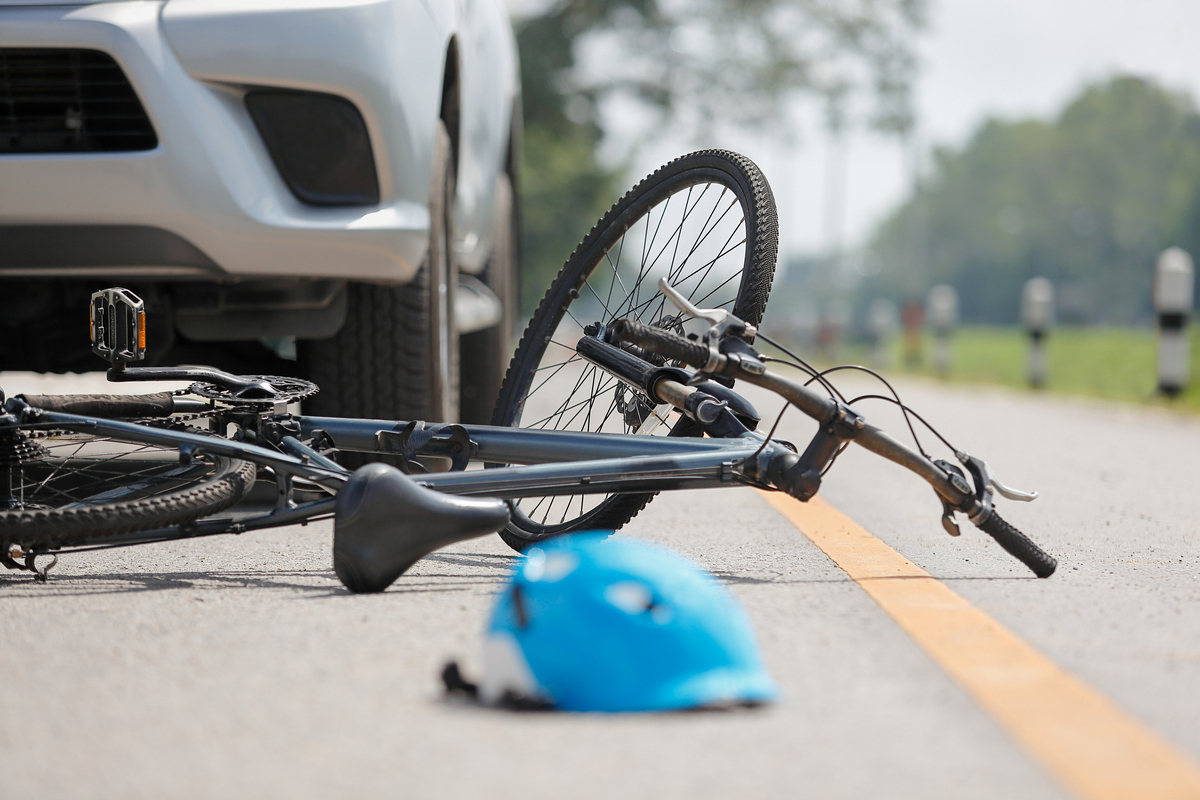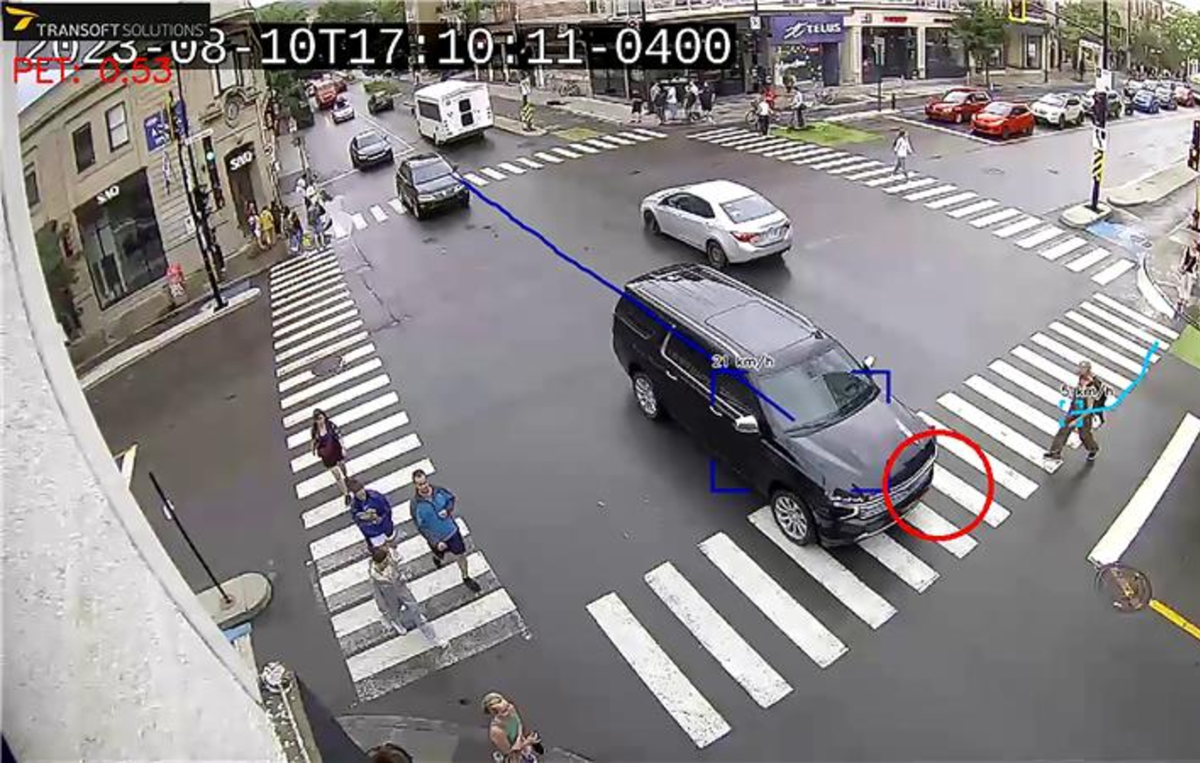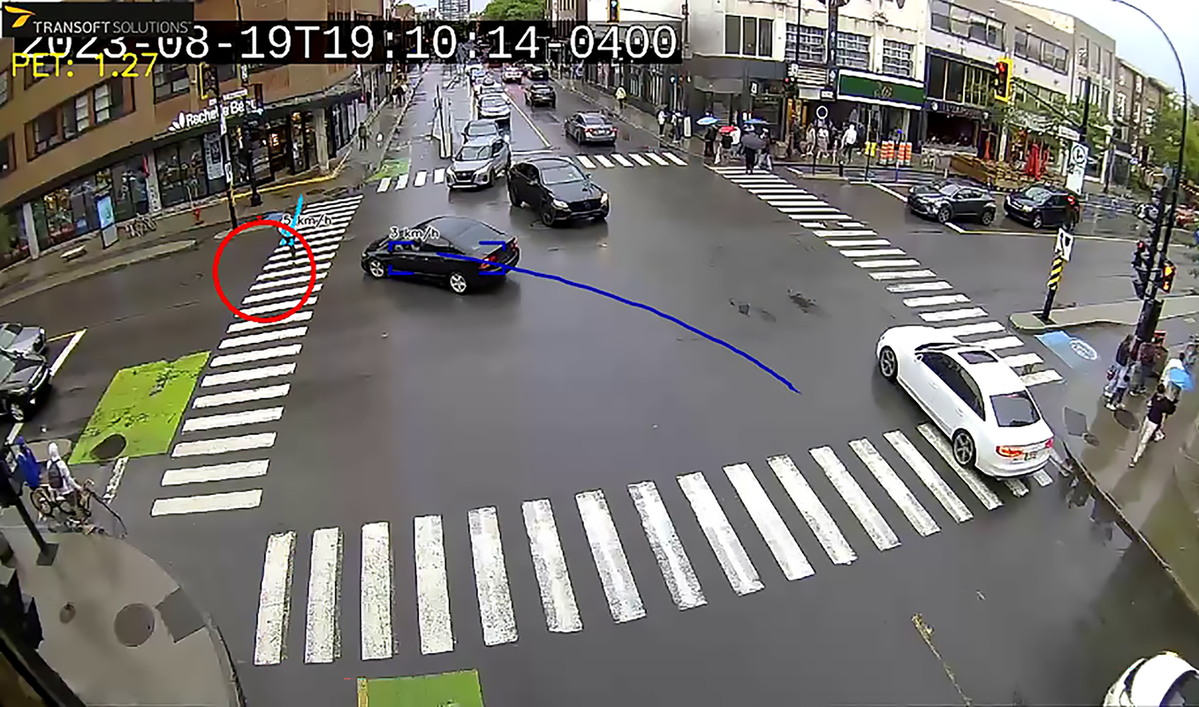Future danger: how critical conflict analysis can spot road accidents before they happen
Sponsored by Transoft SolutionsNew technology, and a new approach, can help local authorities and road planners get ahead of the curve and prevent traffic collisions

Over 1 million people are killed in traffic collisions globally every year, and road traffic injury remains the leading cause of death for children and young people. The economic costs are enormous: an estimated $3.6 trillion annually, approximately 3 per cent of the world’s GDP.
These alarming statistics are why road safety professionals are looking for new techniques to reduce road traffic collisions. Ultimately, their objective is Vision Zero, a strategy to eliminate all traffic fatalities and severe injuries, while increasing safe, healthy and equitable mobility for all.
This is a considerable challenge, but one which, with the right technology, is achievable.
From reactive to predictive safety
When developing new road infrastructure, most planners rely on data and insights derived from previous crashes to identify high-risk locations and determine what design or operational changes are needed to prevent similar incidents in the future. But even if it’s reliable to begin with, that data only tells part of the story. Crash reports are often inaccurate, incomplete and prone to bias, and can also lack crucial detail. In any case, data on crashes that have already happened is of limited use when it comes to predicting emerging, unrelated risks or hazards that could materialise in the future.
What is needed is a new, predictive approach to traffic safety that enables the elimination of risks before they manifest. Predictive safety, powered by AI analytics, is a crucial step forward because it uses advanced modelling to forecast where and why incidents are likely to occur.
One predictive technique that can be used to identify ways of preventing serious injury or death from traffic incidents is critical conflict analysis (CCA). This technique can be used reactively, analysing “conflicts” such as near-misses and high-risk traffic interactions (rather than collisions) at locations with an elevated crash record, or as a method for identifying potential improvements (such as reduced speed limits or warning signage) to existing road layouts.
However, CCA can also be used predictively, to determine whether proposed road layouts are creating elevated risks for road users and where and when crashes are likely to occur. It can also identify contributing factors to their occurrence, and how road layouts could be modified to prevent them.

Improving safety with video analytics
CCA is further enabled by video analytics – a rapidly maturing field. This technology can fill gaps left by legacy infrastructure, which often fails to detect vulnerable road users, such as pedestrians, cyclists or e-scooters. Assisted by AI and advanced econometrics, computer vision systems can support the management of traffic networks, enabling traffic safety professionals to understand the status of all road users, rather than being limited to vehicle counts from traditional sensors.
Video analytics can support collision risk assessment by applying advanced conflict indicators with detailed road user tracking information. This results in objective, reliable and repeatable measurement of road user risk.
One such indicator is post-encroachment time (PET), a measure of how long it takes for the paths of two road-user to intersect on the transportation network. Imagine, for example, a person taking several steps into a pedestrian crossing, whose path behind them is immediately crossed by a turning vehicle.
While PET is useful for specific crash risks, it fails to capture many types of crash risk. Other important conflict indicators include TTC (time-to-collision), DRAC (deceleration rate required to avoid a crash) and Delta-V, which measure the risk of other types of collisions (for example, head-on, sideswipe or angled) and how severe a future crash is likely to be.
This type of technological innovation, aligned with broader “safe system” approaches that assume human errors that cause crashes, is essential to achieving Vision Zero. However, insights from the AI-powered analysis of video streams will only be helpful if planners trust those insights to be accurate and relevant. Rigorous calibration and error detection, together with independent validation, will be needed. The involvement of all stakeholders, including drivers, will also be necessary, so that relevant feedback can be gathered.

Innovating for improved road safety
Video analytics is essential if road safety professionals are to move towards Vision Zero, but it is not a complete solution on its own. Lessons learned through CCA and video analytics must be continually available to road designers, to keep the toolbox of countermeasures they use up to date. And road managers and planners need feedback on safety-related decisions throughout the process, so that designs can be optimised for safety from the beginning.
Moreover, safety needs to involve both capital investment improvements informed by in-use performance as well as ongoing, continuous monitoring and management.
Transoft Solutions’ VERALYTIX has been designed to support these two key components of a robust safety management and improvement system. VERALYTIX PULSE helps users build business cases for investments and improvements to prevent future crashes and quickly evaluate the safety effectiveness of these investments. VERALYTIX LIVE enables continual safety and operational performance monitoring, letting customers know when network safety has deteriorated or when situations become risky. Combined, these solutions support planners, managers and operators to design, manage and operate a safe transportation system for all road users.
Dr Simon Washington, Transoft’s VP of Transportation Safety and Operations, is a passionate advocate for the use of video in traffic safety, having spent most of his career focused on the analysis of crash data. “The technology disrupts decades of reliance on crashes to inform us about road user risk,” he says. “It is underpinned by years of rigorous, peer-reviewed research. Video sensors combined with AI and analytics provide insights about road user risk and operations that loop detectors just simply can’t achieve.
“It is game-changing technology that, for the first time, provides situational awareness about all road users, providing insights about road user class, speeds, headings, pathways and collision risk and severity,” says Washington, who was previously CEO of AMAG, now part of Transoft. “The data provided by AI, video analytics and critical conflicts is brand new information for most DOTs, leading, of course, to new insights for improved risk management.”
A sure path to achieving Vision Zero is through the use of video analytics to support capital improvements and continual performance monitoring. And these two powerful technologies give real hope that the misery and cost of road traffic injuries and deaths can be vastly diminished.
Transoft’s VERALYTIX is a platform designed by engineers for engineers, born from the merger of two industry leaders with a reputation for excellence: Transoft’s transportation expertise, and AMAG’s technological innovation. Together they bring years of proven experience in safety and operations solutions.

Business Reporter Team
You may also like
Related Articles
Most Viewed
Winston House, 3rd Floor, Units 306-309, 2-4 Dollis Park, London, N3 1HF
23-29 Hendon Lane, London, N3 1RT
020 8349 4363
© 2025, Lyonsdown Limited. Business Reporter® is a registered trademark of Lyonsdown Ltd. VAT registration number: 830519543





